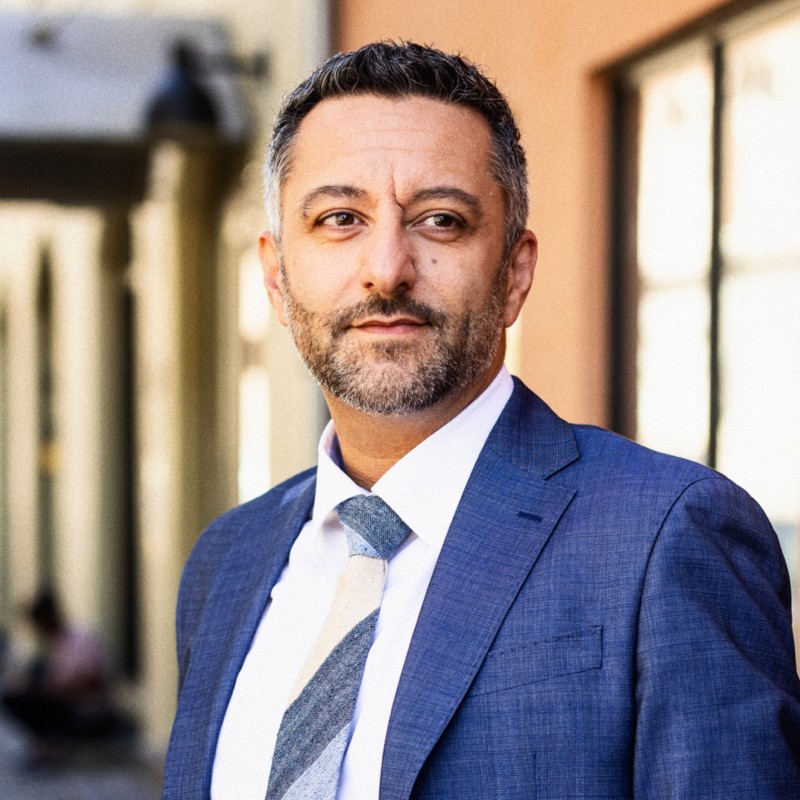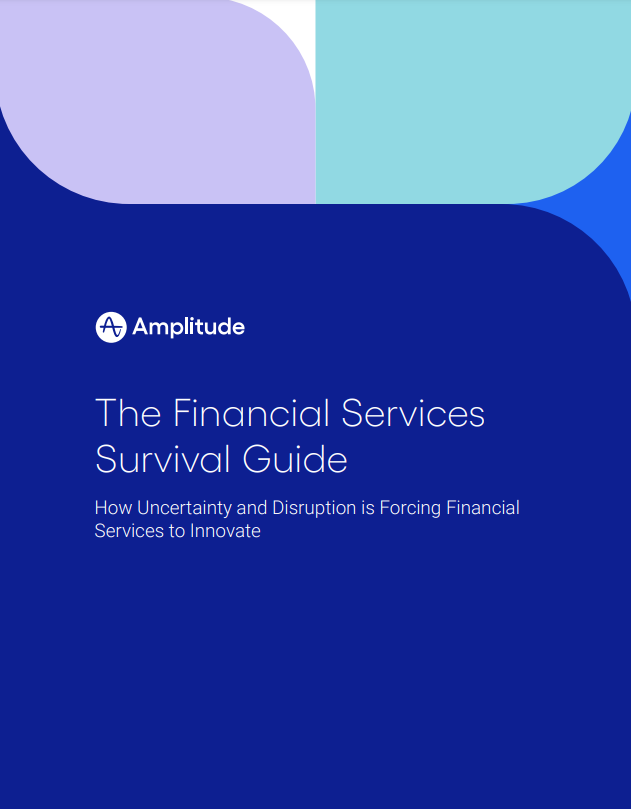How Copenhagen Airport become a big data powerhouse
Copenhagen Airport has become one of the most digitized airports due to the deployment of a real-time data-management platform

Copenhagen Airport is colossal. Spread across multiple terminals and passenger concourses, covering an area of 4.6 square miles, the airport employs 1,700 people and there can be up to 83 operations (take-offs and landings) every hour. Some 30 million people travel through the airport each year and this is expected to increase in the coming years. To meet the growing passenger throughput, Copenhagen Airport needed to expand.

Physical expansion isn’t always possible, as airports are constrained by the physical limitations of their site and planning regulations. But space isn’t always used as effectively as it could be.
And if an airport were to operate more efficiently, it could increase this capacity. For Copenhagen Airport, the answer lay in unlocking the power of big data.
Joining disparate systems under the AIRHART project
Airports are information-dense environments, but data is spread across multiple systems and often in incompatible formats, making it difficult to gain a complete overview of what’s happening. The result is inefficiency and conflicting priorities being introduced.
“Imagine buying a car, and the only tires you could add to that car are from a specific manufacturer,” says Mehdi Motaghiani, CEO of Smarter Airports, a joint venture between Copenhagen Airport and Netcompany.

Motaghiani leads the Total Airport Management platform as CEO of Smarter Airports, delivering data-driven solutions for airports across the world. He’s occupied the role since 2021, and was previously with Netcompany for more than 13 years.
You need to ensure that you can keep being innovative, while still having control over timelines, systems, and the stakeholder landscape.
“We wanted to be able to add in and attach multiple systems and data to one platform that would help orchestrate those processes and create one source of truth that everyone could rely on for decision-making,” he adds.
For ten years, Copenhagen Airport examined how it could combine previously incompatible digital systems into a single platform, enabling total airport management. The solutions they were initially presented with, however, didn’t fully meet expectations, so they looked into creating their own.
Get the ITPro daily newsletter
Sign up today and you will receive a free copy of our Future Focus 2025 report - the leading guidance on AI, cybersecurity and other IT challenges as per 700+ senior executives
The AIRHART project developed a digital platform unifying all information streams. This offered improved airport traffic management, for example enabling them to better predict passenger flows and the associated baggage handling requirements. But this was no easy task. Managing multiple data streams is challenging, especially when they’re generated by specialist software.
Why it was hard to define the project scope
Airports are constantly evolving. As such, the development team was unable to lock the project scope during its three-year development. A level of flexibility was maintained in order to be able to adapt to meet shifting demands.
“You cannot lock the scope, otherwise you would need to do all your thinking up-front; but that cannot be done, because you don’t actually know the details of what you want to achieve,” says Motaghiani. “You need to ensure that you can keep being innovative, while still having control over timelines, systems, and the stakeholder landscape.”
RELATED RESOURCE

Discover how you can successfully migrate to the cloud
Airports also necessitate high-level security, which Netcompany ensured by developing AIRHART with a methodology based on security by design; they used continuous testing, authentication safeguards, and good programming practices to make AIRHART as impervious to attack as possible. AIRHART’s security was tested prior to launch by penetration testing teams.
The team then rolled out AIRHART with minimum levels of disruption thanks to the ‘shadow production’ distribution model. The existing platform and the new AIRHART were running simultaneously across the networks; by not enforcing full adoption, Copenhagen Airport enabled stakeholders to transition to the AIRHART system at their own pace.
How the project met regulatory requirements
Airport regulators are understandably risk averse, so one AIRHART’s key challenges was meeting the strict regulatory requirements necessitated by governing bodies. A particular challenge was they were developing AIRHART according to new regulations – which hadn’t been previously mandated.
“There are a set of laws around air traffic management systems, which are new, as the systems put into production after a given date need to comply with this new set of standards and regulations. As there had not been anyone going through this process, we needed to understand that and make it tangible: what did it actually mean when it comes down to software testing and security?”
READ MORE IN OUR SERIES
With hindsight, they'd have liked to be more involved with regulators. Greater collaboration would have let them create a platform with compliance embedded at its core. “What we tried to do was not only develop a platform but to say ‘This is what we think should be a standard’,” explains Motaghiani.
The next stage for AIRHART will be using machine learning to predict events and recommend actions. Utilizing machine learning in this way could help Copenhagen Airport further minimize disruption and improve efficiency. There are also plans in the works to offer the core functionality of AIRHART to other airports and potentially similarly complex sites, such as hospitals.
-
 Bigger salaries, more burnout: Is the CISO role in crisis?
Bigger salaries, more burnout: Is the CISO role in crisis?In-depth CISOs are more stressed than ever before – but why is this and what can be done?
By Kate O'Flaherty Published
-
 Cheap cyber crime kits can be bought on the dark web for less than $25
Cheap cyber crime kits can be bought on the dark web for less than $25News Research from NordVPN shows phishing kits are now widely available on the dark web and via messaging apps like Telegram, and are often selling for less than $25.
By Emma Woollacott Published
-
 How data-driven decision-making can inform the channel
How data-driven decision-making can inform the channelIn-depth With continued global economic uncertainty, data-driven decision-making can align the channel with customer needs
By David Howell Published
-
 What is Delta Lake in Databricks?
What is Delta Lake in Databricks?In-depth With Delta Lake version 3.0, Databricks has created a new universal format to resolve compatibility issues
By Keumars Afifi-Sabet Published
-
 How LaLiga championed big data to transform data analytics in sport
How LaLiga championed big data to transform data analytics in sportCase Study Spain’s premier football division is hoping to transform not just football but sport as a whole with its data analytics efforts
By Elliot Mulley-Goodbarne Published
-
 How intelligent insights drive business innovation
How intelligent insights drive business innovationWhitepaper Intelligent insight
By ITPro Published
-
 Four data challenges holding back your video business
Four data challenges holding back your video businesswhitepaper Data-driven insights are key to making strategic business decisions that chart a winning route
By ITPro Published
-
 How data analytics is transforming Healthcare
How data analytics is transforming HealthcareWhitepaper How companies can adapt their strategy to integrate data analytics
By ITPro Published
-
 Data science vs data analytics: Which field is right for you?
Data science vs data analytics: Which field is right for you?In-depth A career as a data analyst or a data scientist can be as rewarding as it is lucrative, but it pays to understand the subtle differences between the two
By Drew Turney Last updated
-
 The financial services survival guide
The financial services survival guideWhitepaper How uncertainty and disruption is forcing financial services to innovate
By ITPro Published
